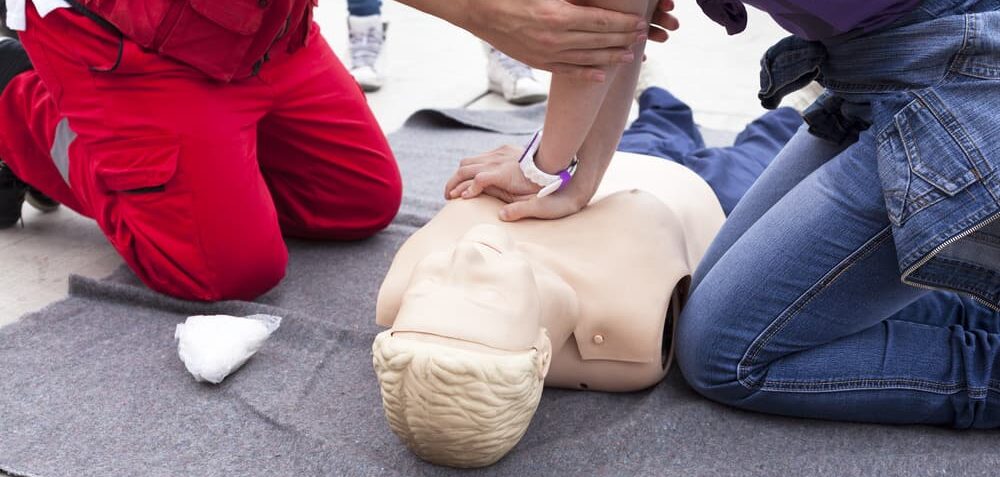Did you know that more than 35,000 Canadians go into cardiac arrest each year? Furthermore, the overwhelming majority of these incidents take place outside of a hospital: in homes, out in public, or even on the job. Without the proper training, you may be hard-pressed to deal with such a situation in the correct manner. For this reason, first aid training is not only valuable – it can be life-saving!
However, in addition to saving lives, first aid training in Calgary also helps with other aspects of the situation when someone goes into cardiac arrest. Keep reading to learn more about what they are.
1. Life Preservation
When someone is choking or has gone into cardiac arrest, time is of the essence. In fact, if CPR is not administered within two minutes, Cerebral Ischemia – a condition that occurs due to lack of blood flow to the brain – can result in brain impairments that will become worse if not treated as soon as possible.
In less than 10 minutes, serious and permanent brain damage will most likely occur. To prevent this, air circulation and clearance of clogged airways are critical for the preservation of life.
2. Prevention of Further Illness or Injury
With first aid training, you’ll gain a clear understanding of how to manage injuries and handle wounds to prevent further damage. You’ll also learn how to properly analyze a cardiac arrest victim, utilize defibrillators, manage profuse bleeding, deal with trauma, basic life support skills, and much more.
3. Encourage Recovery
Encouraging the recovery process involves utilizing a first aid kit to assist the individual who is in need of it. This could be cleaning, sterilizing, and wrapping an injury or wound. There may also be scenarios when an ointment might be required for proper restoration.
4. Pain Alleviation
Even though the patient may be experiencing severe pain, it’s important to know that pain relief should only be used so long as potential risks to the victim are minimized or eliminated. With this being the case, it’s best to leave pain relief solutions to the medical professionals. Seek advice from experts prior to supplying any type of medication to the individual in need.
5. Save the Unconscious
If you have an unconscious individual in a compromising situation, the first order of business is to ensure they are safely removed. If they are in a dangerous setting such as a fire, the main objective is to get them to a safer area nearby. In first aid training, you will learn the proper way to situate an unconscious person so their breathing isn’t blocked or impeded.
The aim of safeguarding an unconscious individual in this manner is to make sure they’re safe prior to medical assistance arriving.
FAQ
Q: What are the 5 main aims of first aid?
A: The first aid procedure follows a simple process that goes as follows:
- Preserve life
- Prevent any escalation on injury or illness
- Encourage recovery
- Ensure pain alleviation
- Save the unconscious
Q: What are the objectives of first aid training?
A: The objectives are to ensure the safety of human life, minimize further risk of danger, promote proper recuperation, and relieve agony and suffering of the casualty.
Q: What are the 5 key principles of first aid?
A: The principles offer a basic framework of response, and they include:
- Don’t panic
- Take swift action
- Neutralize the situation
- Call for medical assistance
- Administer necessary treatment
Q: What is the basic principle of first aid?
A: The overarching and fundamental principle of first aid is to provide safe reactions to emergencies for the welfare of victims, witnesses, and rescuers.
Final Thoughts
CPR is a crucial life skill to have when a life-threatening situation presents itself. And these situations can occur at any moment on any day. It could happen while you’re at home, at work, or even while just living your day-to-day life. For this reason, having the proper first aid training will be paramount in preparing you in the event that such a circumstance happens.
If you’re interested in learning about CPR and first aid training in Calgary, AIP Safety is here to help. Our vast network of health and safety experts are ready to hear from you.
Get in touch with us today with your questions.

